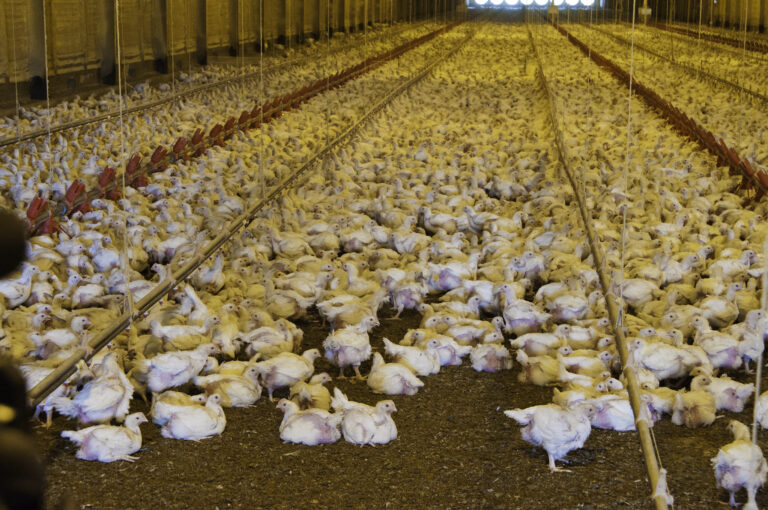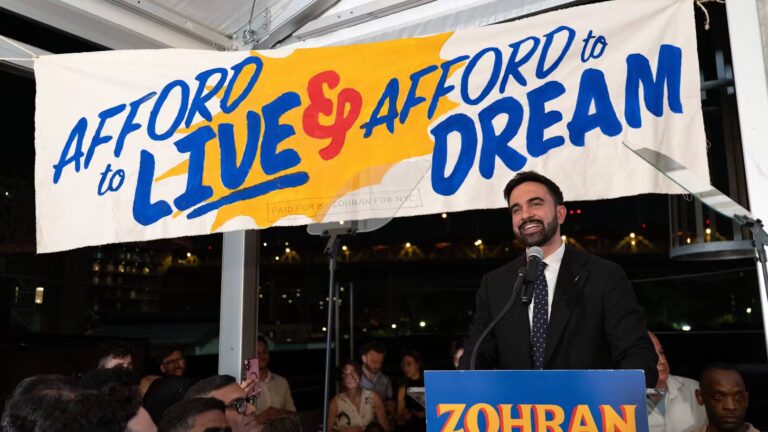
Ajayan Williamson is a student at Harvard Law School.
In today’s news and commentary, the FLRA eliminates its ALJs; OPM axes gender-affirming care coverage for federal workers; and H-2A farmworkers falter in suit over prevailing wages.
On Monday, the Huffington Post reported that the Federal Labor Relations Authority (FLRA) plans to eliminate its three administrative law judges (ALJs) as part of its compliance with federal government cost-cutting measures. The ALJs resolve disputes between federal employee unions and the federal government — their elimination comes after Trump’s attempted firing of the FLRA chair in February, which has prompted ongoing litigation. Unions have criticized the plan to eliminate the ALJs: counsel for the American Federation of Government Employees described the move as being “more about control than it is about money.” The availability of FLRA relief is also relevant to claims in some of the suits brought by federal employee unions, so eliminating its judges may have broader consequences.
Meanwhile, the Office of Personnel Management (OPM) is planning on eliminating insurance coverage of gender-affirming care for federal workers. In a letter first reported on Tuesday, OPM announced that “chemical and surgical modification of an individual’s sex traits” would no longer be covered, and that the rule “applies regardless of age.” “Counseling services,” including “faith-based counseling,” will still be covered. Lambda Legal, an LGBTQ legal advocacy group, responded to the announcement on Tuesday by stating that the move may violate the Equal Protection clause, Title VII, and the Affordable Care Act. The group is “exploring all options to respond,” and litigation may be forthcoming.
Finally, a federal judge in the District of Washington denied a preliminary injunction on Tuesday in a farmworker union’s suit against the Department of Labor (DOL). Under existing regulations, temporary agricultural workers under the H-2A visa program must be paid the highest wage among several options: a collectively bargained wage, the state or federal minimum wage, the “Adverse Effect Wage Rate” (AEWR), or the “prevailing wage.” In June, DOL published a “no finding” result on prevailing wages for a number of crops, defaulting the wage to a lower AEWR rate. The court denied the preliminary injunction in a complex procedural posture, finding that the union had made weak showings as to irreparable harm and likelihood of success on the merits. Regardless, the result will be lower wages for temporary workers as the litigation continues.






Daily News & Commentary
Start your day with our roundup of the latest labor developments. See all
December 12
OH vetoes bill weakening child labor protections; UT repeals public-sector bargaining ban; SCOTUS takes up case on post-arbitration award jurisdiction
December 11
House forces a vote on the “Protect America’s Workforce Act;” arguments on Trump’s executive order nullifying collective bargaining rights; and Penn State file a petition to form a union.
December 8
Private payrolls fall; NYC Council overrides mayoral veto on pay data; workers sue Starbucks.
December 7
Philadelphia transit workers indicate that a strike is imminent; a federal judge temporarily blocks State Department layoffs; and Virginia lawmakers consider legislation to repeal the state’s “right to work” law.
December 5
Netflix set to acquire Warner Bros., Gen Z men are the most pro-union generation in history, and lawmakers introduce the “No Robot Bosses Act.”
December 4
Unionized journalists win arbitration concerning AI, Starbucks challenges two NLRB rulings in the Fifth Circuit, and Philadelphia transit workers resume contract negotiations.